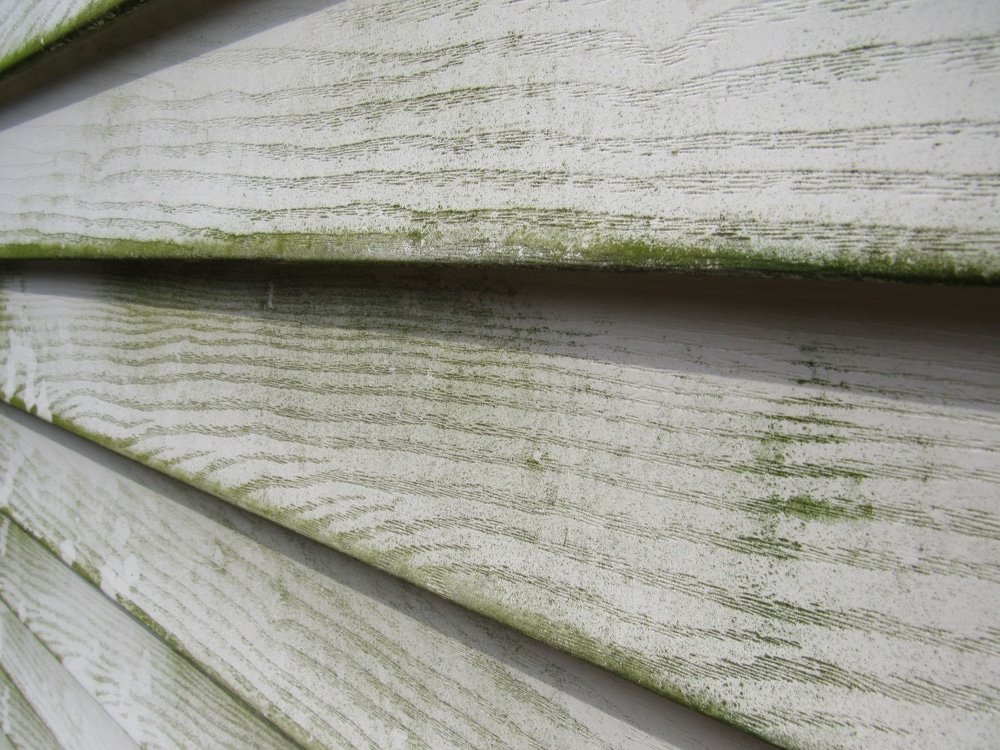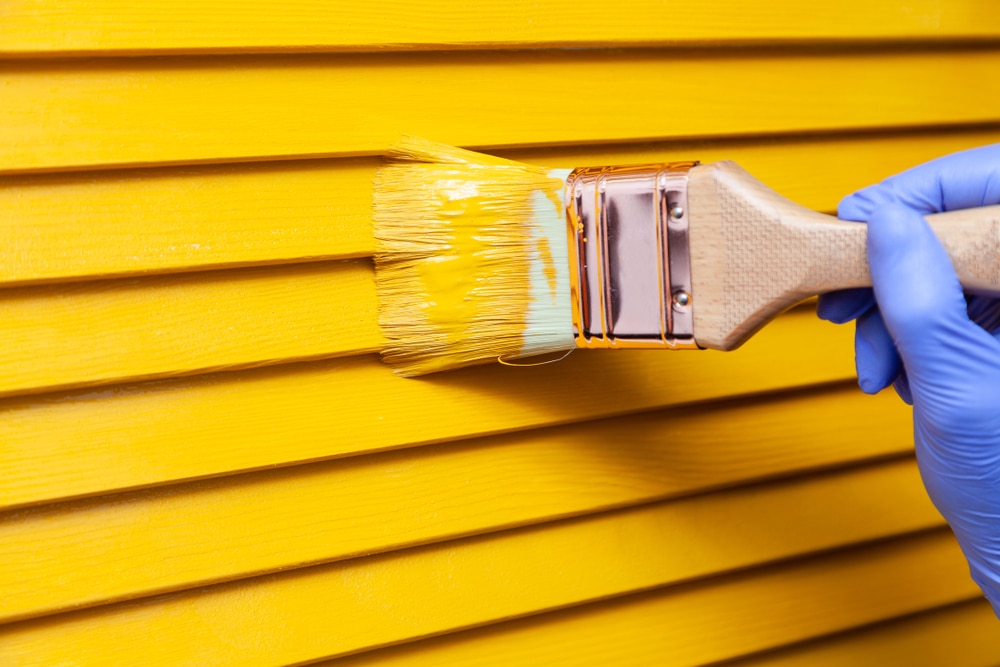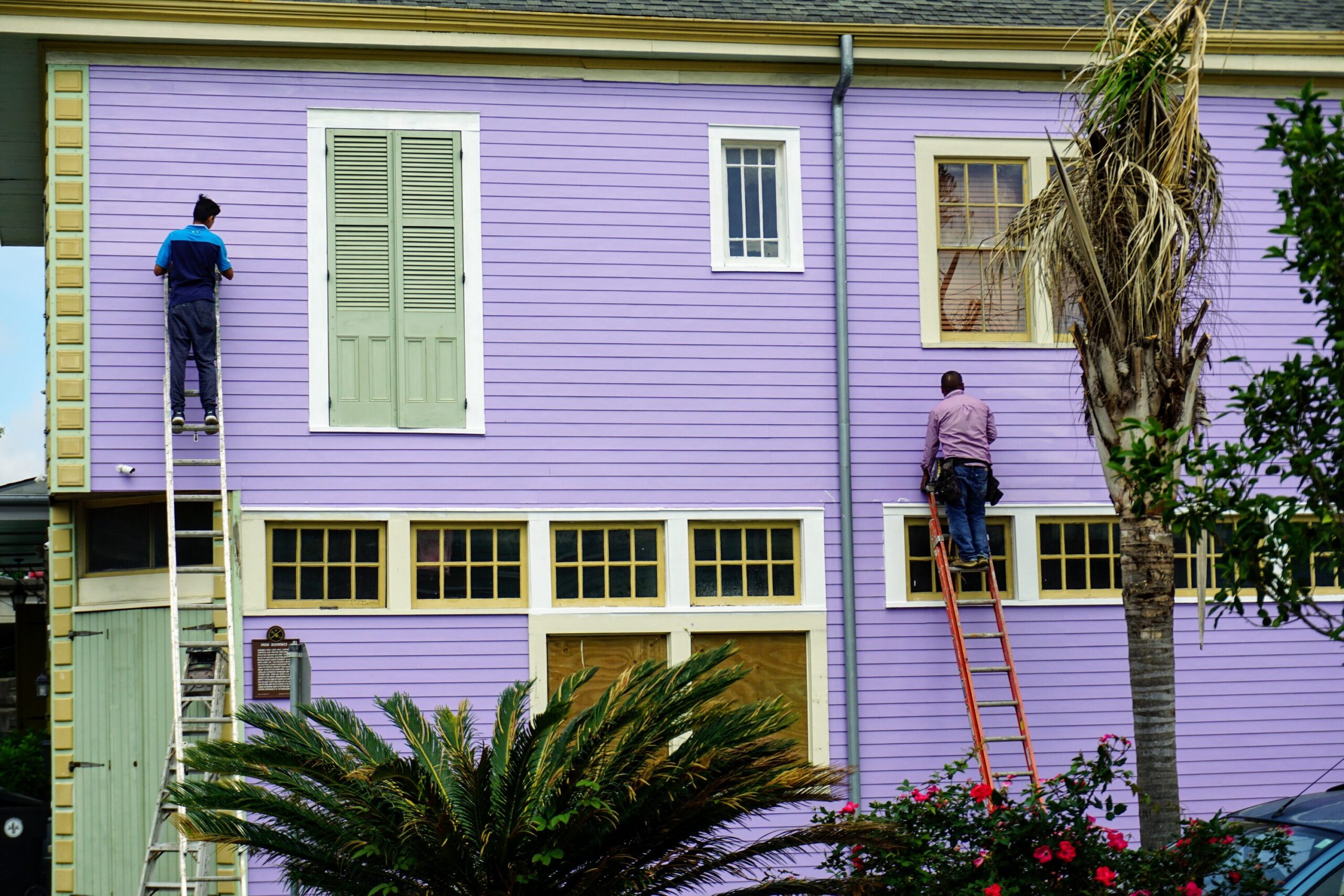4 Things to Know Before Painting Vinyl Siding
Vinyl siding is a popular exterior covering for homes, often because it is a less expensive option than wood, stucco, or fiber cement siding. However, its color can fade over years of sun and weather exposure, leaving it looking shabby and dated. You may wonder if there is anything you can do to refresh your home’s appearance without shelling out for a full siding replacement.

What about painting vinyl siding, you wonder? No way, say friends and neighbors. They tell you horror stories of paint that won’t stick at all, or that peels off in less than a year. They warn that the wrong color will cause the siding to warp in the summer heat.
The truth is, you can paint your vinyl siding successfully, as long as you choose the right products and techniques. Here are four things to know before you tackle this project.
1. You Can Paint Vinyl Siding Without Ruining Your House

The dire warnings against painting vinyl siding have a core of truth, because in the past it was risky. Most common paints did not bond well with vinyl. Darker colors could retain too much heat and cause the siding to warp and pull away from the walls.
However, in recent years, paint companies have developed products specifically for vinyl siding, and the siding itself is made to be more amenable to painting. Painting your old siding can provide a fresh look for your home at a fraction of the cost of replacing it.
2. You Have More Color Options Than You Think
The hard and fast rule about vinyl siding used to be that you absolutely cannot choose a color that is darker than the original one. This didn’t leave a lot of options if the original color was white!
It is true that you don’t have the range of color options that you do when painting other materials. If you apply dark gray paint to light yellow siding, you will probably have warping problems when the summer sun gets to work on it. This is because darker colors absorb more heat than lighter ones, and darker colors of siding are manufactured to be more heat resistant than lighter ones.
However, you are not strictly limited to shades that are the same as or lighter than the original one. You can go a little bit darker, as long as you choose your paint carefully. Look for paint with LRV (Light Reflective Value) higher than 55. The LRV of black is 0, and the LRV of white is 100, so the higher the number, the better it reflects light, making it less prone to warping. Sherwin Williams offers a range of VinylSafe colors, including some darker ones that are specifically formulated to resist warping.
3. Choosing The Correct Paint Is Critical
In addition to a safe color choice, it is vital to choose a type of paint that will bond well with vinyl siding. Professionals agree that the best option is a high quality exterior latex paint that is made with 100% acrylic. The acrylic is the key to having the paint bond well with the siding, while remaining flexible enough to expand and contract with the material. This type of paint also “levels” well, preserving any texture on the siding.
You also will need to choose a proper primer, if priming is needed. Newer siding can be painted directly after cleaning, but older vinyl siding with a weathered, pitted, or chalky surface should have a coat of adhesive primer applied before the actual paint.
4. Prepare Carefully Before Painting
The most critical step when painting vinyl siding is cleaning it thoroughly before you start. You will need to wash the siding down (by hand or with a power washer) with a detergent solution that contains a mildewcide. Then rinse well to remove all leftover soap residue. Allow the exterior to dry for one to two days before beginning to paint, so that any hidden water in crevices can completely evaporate.
You should also plan the paint job for spring or fall, which will give the paint a chance to cure completely before more extreme temperatures set in.
While painting vinyl siding is less risky than a decade ago, it can still be complicated. If you opt to do it yourself, go to a specialized paint store where knowledgeable employees can guide you to the appropriate paint and supplies. Better yet, hire a reputable painting professional to be sure the job will be done right.







